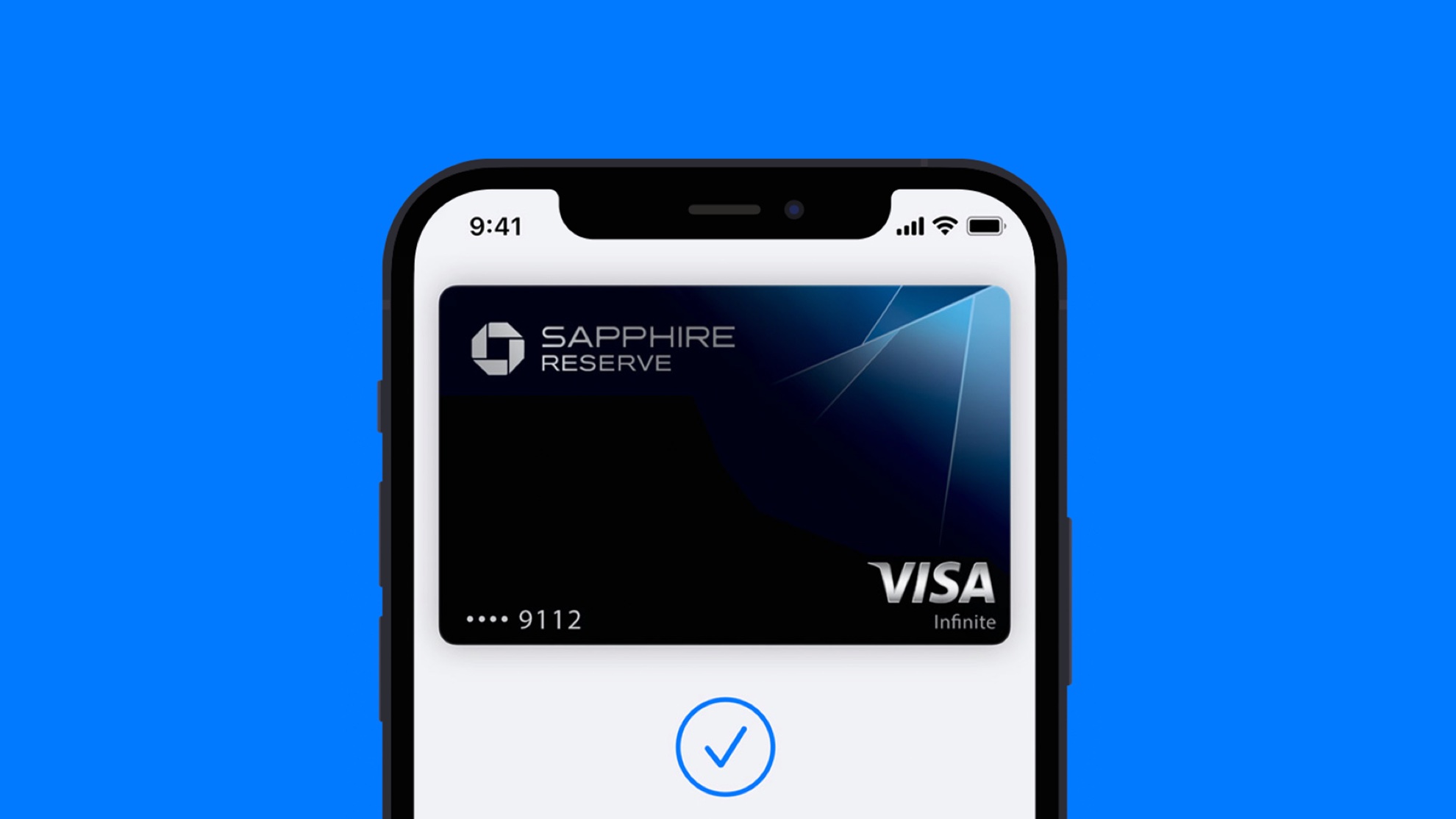Chrome and Edge are getting a huge upgrade in iOS 16 – but it's not coming to the Mac
Apple Pay won't be limited to Safari in iOS 16, so you can use rival browsers without online shopping becoming more painful


I'm a big fan of Apple Pay: I use it on my iPhone 13, iPad Air and MacBook Pro because I like its combination of speed, safety and "it just works". When I pick the Apple Pay option in a site I'm just a Touch ID or Face ID verification away from my device dealing with all the shipping and payment information I'd normally have to enter manually. But one downside to Apple Pay is that at the moment, it's purely available in the Safari browser. If you want to use Chrome or Edge, Apple Pay isn't available when you visit ecommerce sites.
It looks like that's changing in iOS 16. Steve Moser of MacRumors has tested Apple Pay in Chrome and in Edge with the iOS 16 beta, and it seems likely that the feature will also work in any other third-party browser. Moser didn't mention Firefox specifically but other users have reported that Apple Pay works in that too.
Apple Pay isn't everywhere just yet
While Apple Pay is more browser-friendly in iOS 16, it hasn't made its way into the beta of macOS Ventura yet: that's still a Safari-only affair. The most likely explanation, as Moser points out, is that on iOS rival browser makers have to use Apple's WebKit engine; on the Mac they can use their own engines, and that means they don't benefit from any changes Apple makes to WebKit for the desktop.
Apple clearly isn't doing this out of the goodness of its heart; if it was, it'd have offered Apple Pay to rival browsers on iOS 16 long before now. It seems likely that this is in response to EU plans to prevent tech firms from using their market power to crush competitors; as The Register reported back in April, draft versions of the rules specifically targeted Apple's insistence on competitors using its own rendering engine in iOS. The EU isn't the only place where regulators are taking a close look at Apple's browser rules, so this move feels like an attempt to mollify regulators rather than be nicer to rivals. But the end result is that Chrome and Edge, and presumably Firefox too, become that little bit more useful on iOS – and that's good news for their users.
Get all the latest news, reviews, deals and buying guides on gorgeous tech, home and active products from the T3 experts
Writer, musician and broadcaster Carrie Marshall has been covering technology since 1998 and is particularly interested in how tech can help us live our best lives. Her CV is a who’s who of magazines, newspapers, websites and radio programmes ranging from T3, Techradar and MacFormat to the BBC, Sunday Post and People’s Friend. Carrie has written more than a dozen books, ghost-wrote two more and co-wrote seven more books and a Radio 2 documentary series; her memoir, Carrie Kills A Man, was shortlisted for the British Book Awards. When she’s not scribbling, Carrie is the singer in Glaswegian rock band Unquiet Mind (unquietmindmusic).
